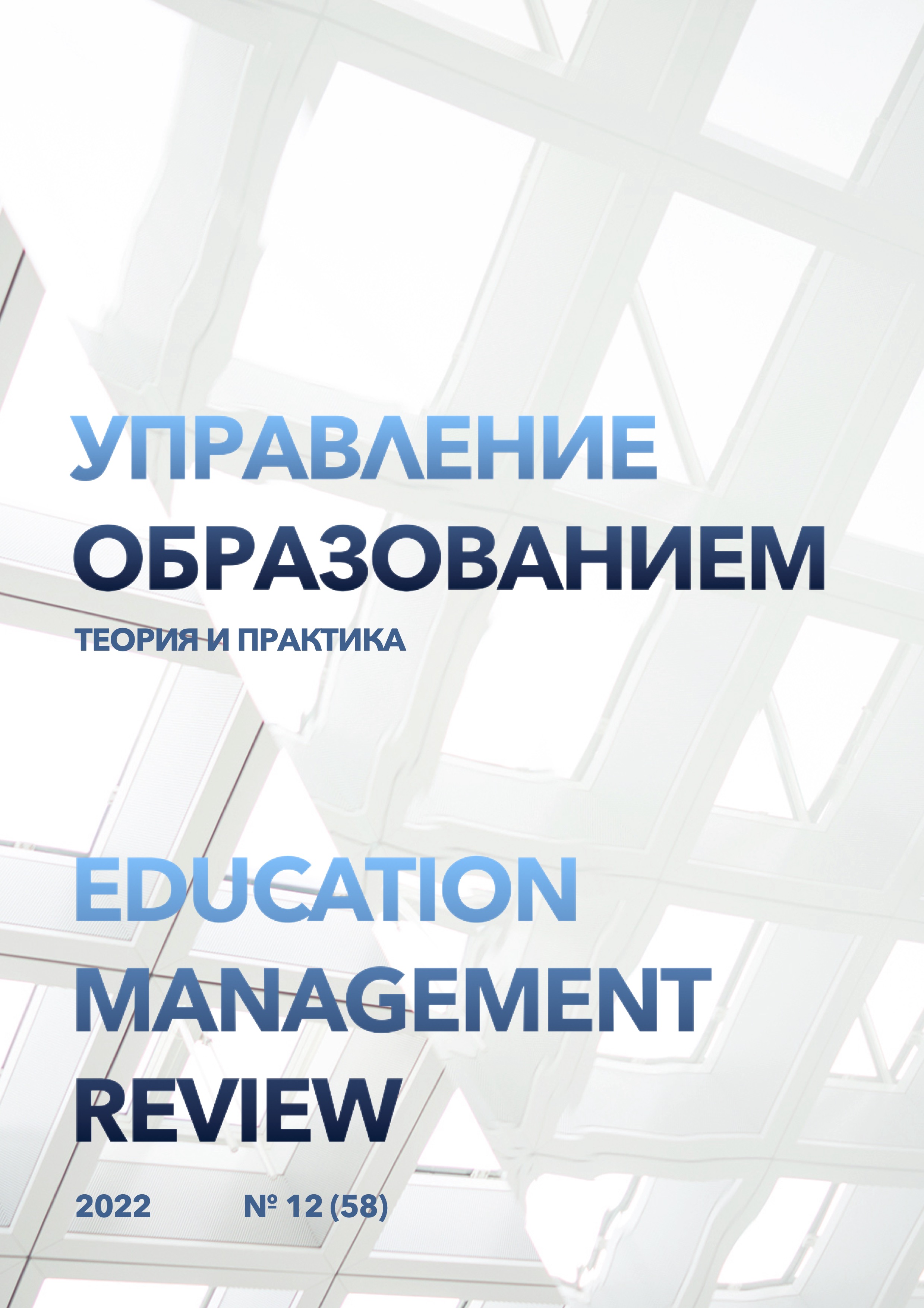Linguistic features of the text and methods of working on the text in the lessons of native and foreign languages in a modern secondary school
DOI:
https://doi.org/10.25726/r4553-9209-4797-zKeywords:
text, linguistics of the text, language training of students, the integrity of the textAbstract
The article is devoted to the linguistic features of the text and the methodology of working on the text in the lessons of native and foreign languages in a modern secondary school. The authors note that the main task of the school language course is to improve the language training of students, the formation of skills of productive and creative speech activity. The formation of speech skills, as well as other practical training tasks, require a solid theoretical base. It should be the most important information on the theory of text introduced into the school curriculum. The most elementary and main requirement of the text is a meaningful connection between sentences. Each text, covering some topic, contains a certain amount of factual data, certain information. The transmission of information is actually what the text is created for, because any statement is designed to perform certain communicative tasks. The most important of them are communication, communication, impact on the addressee to whom the speaker is addressing. Thus, the work on coherent speech and on the development of logical thinking is carried out gradually, throughout all the years of study. But at each stage, the unity of two directions should be ensured, requiring opposite logical operations-analysis and synthesis.
References
Барт Р. Лингвистика текста // НЗЛ. Вып. 8. Лингвистика текста. М.: Прогресс, 1978. С. 442-449.
Бенвенист Э. Общая лингвистика. Пер. с фр. М.: Прогресс, 1974. 448 с.
Гальперин И.Р. Об анализе языка и стиля писателя // Язык и стиль писателя в литературно-критическом анализе художественного произведения / Под ред. Г. В. Степанова. Кишинев: Штиинца, 1977. С. 13-24.
Гальперин И.Р. Текст как объект лингвистического исследования. М.: Наука, 1981. 139 с.
Гиндин С.И. Что такое текст и лингвистика текста // Аспекты изучения текста: сб. науч. тр. М.: Изд-во УДН, 1981. С. 25-32.
Гончарова Е.А. Текст – дискурс – стиль // Studia Linguistica XIII. Когнитивные и коммуникативные функции языка: сборник статей. СПб.: Изд-во РГПУ им. А. И. Герцена, 2005. С. 96-103.
Долинин К.А. Интерпретация текста. М.: Просвещение, 1985. 288 с.
Иргашева Т. Г. Лингвистика текста в школе. Абакан, 2011. 152 с.
Лосева Л. М. Как строится текст: пособие для учителей / под ред. Г. Я. Солганика. М.: Просвещение, 1980. 96 с.
Львов М.Р., Руднев В. Н. Методика преподавания русского языка в начальных классах: учеб. пособие для студ. высш. пед. учеб. заведений / Русский язык и культура речи: учебное пособие. 6-е изд., стер. М.: КНОРУС, 2016. 252 с.
Садченко Т. В. Текст как объект лингвистической семиотики // Вестник Челябинского государственного университета. 2009. №5. Вып. 29. С. 104-111.




